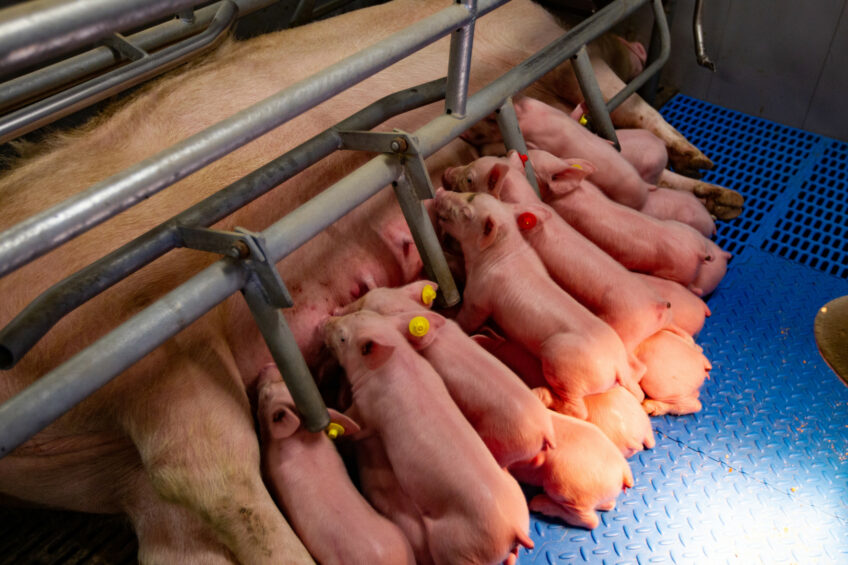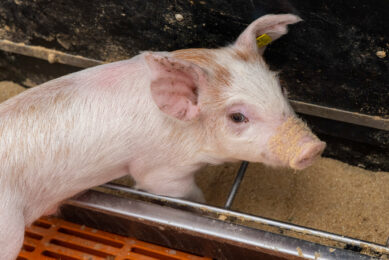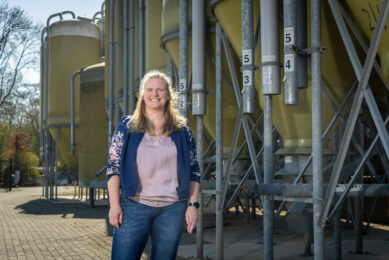Larger litters of piglets lead to performance reduction

Are large litter sizes associated with reduced neonatal vitality? Or perhaps to negative maternal behaviours by sows? Researchers from South Korea recently delved into those questions.
The team, connected to Chonnam National University in Gwangju, South Korea, published their findings in the journal Porcine Health Management in an article published in February 2024.
The background of the study is the fact that there is an ongoing decrease in piglet birth weight and an extension of farrowing duration. Both phenomena occur as a result of genetic selection for larger litter sizes. Low birth weight and prolonged farrowing are associated with reduced neonatal piglet vitality, a shortage of functional teats to nurse large litters, physiological and oxidative stress and negative maternal behaviours in sows. So how exactly does it all work?
In their research, the team evaluated the effect of a large litter size on piglet mortality and growth, nursing and postpartum carefulness behaviour and salivary cortisol levels in sows.
Data collection
The team selected a total of 24 primiparous sows and their offspring for this trial that lasted 28 days. They categorised sows and piglets into 2 groups based on litter size:
- Normal (litter size 7-14 piglets)
- Large (litter size 15-20 piglets)
They housed sows in groups during gestation and transitioned them to an adaptable loose housing system during farrowing and lactation. They recorded piglet mortality and body weight. They monitored the nursing and carefulness behaviour of the sows after parturition. Then, they collected saliva samples from sows to evaluate cortisol levels before and after parturition.
Impact on piglet mortality and growth
During early lactation, the piglet body weights were lower in the large group indicating that hyperprolific sows often exhibit poor litter performance due to insufficient milk production to support a large number of offspring. In addition, during early lactation, the piglet mortality rate was greater in the large group suggesting that hypothermic piglets often seek warmth near the sow, making them more susceptible to being crushed.
Impact on the sows’ carefulness behaviour
Sows in the large group exhibited lower carefulness and their offspring showed reduced nursing bouts with longer duration. In addition, the sow-terminated nursing rate was higher in the large group. That suboptimal nursing behaviour was due to greater physiological and oxidative stress which inhibits the secretion of maternal hormones that promote parental behaviour in sows.
Impact on cortisol levels
Sows in the large group had higher cortisol levels, which was positively linked to the sow-terminated nursing rate. That finding indicates that large litters experience higher stress levels compared to those with normal litter sizes primarily due to physiological and physical challenges, including the substantial energy requirements for developing numerous foetuses and limitations in movement caused by their larger body size.
The authors concluded that increased litter size negatively affects both litter performance and post-partum maternal behaviour in sows. Therefore, it is essential to formulate nutritional and management strategies to reduce physiological and oxidative stress induced by the increased litter size in periparturient sows, and to optimise litter performance.











